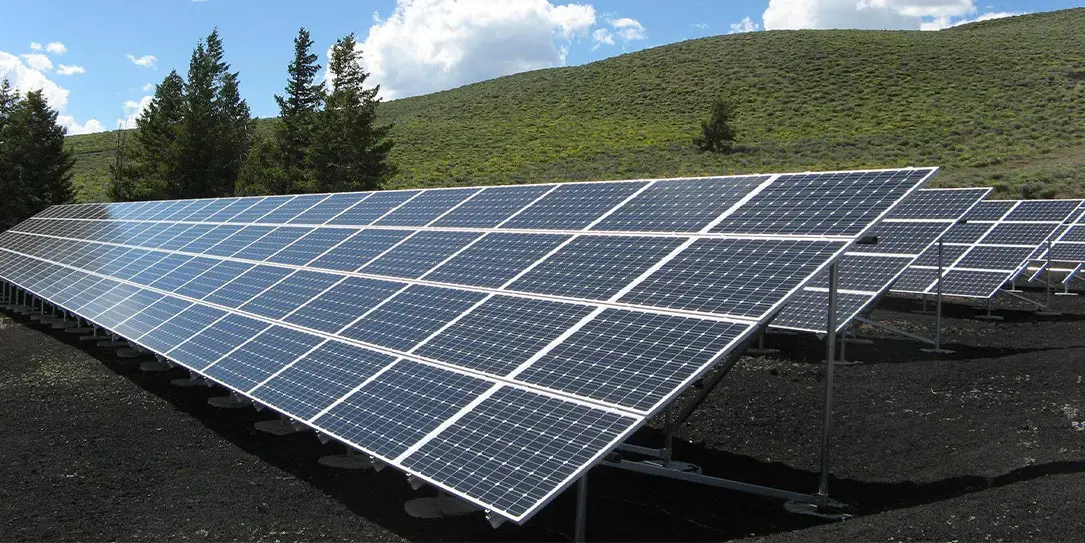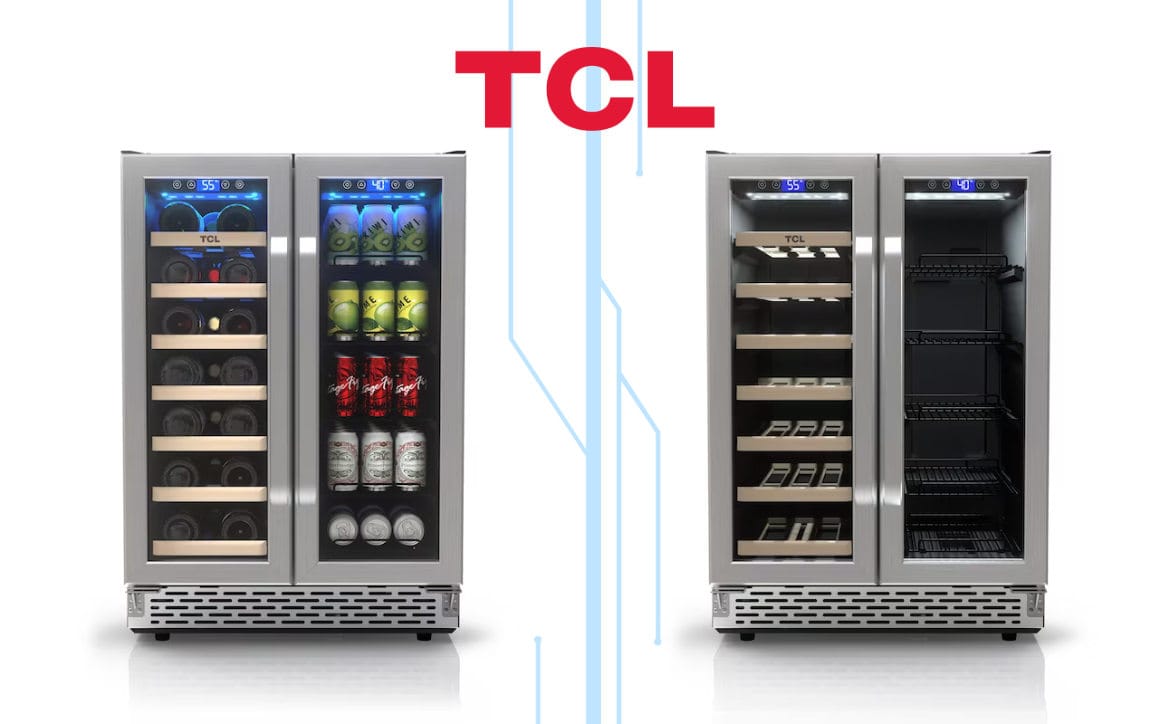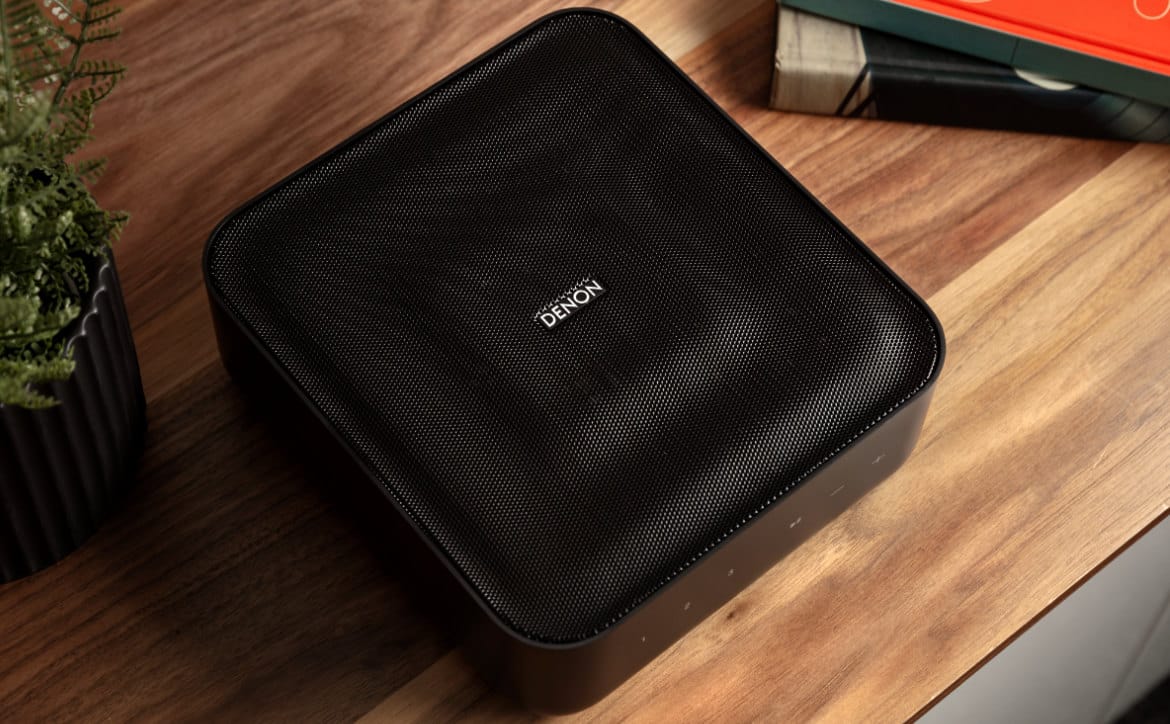The technology and science communities have shown a long-standing appreciation for graphene’s characteristics and its potential applications. Much of the ongoing research concerns solar panels.
The first thing to keep in mind is that graphene is an extremely conductive type of elemental carbon. Its composition contains one flat sheet of atoms arranged as a hexagonal repeating lattice shape. Now, let’s explore why graphene is so crucial to the development and improvement of solar projects.
Increasing the potential solar applications
When many people think of solar power possibilities, the large, rooftop panels come to mind. That’s one widespread application for them, but certainly not the only one. Graphene is a flexible, strong material. Researchers at Massachusetts Institute of Technology wondered if those characteristics could lead to it appearing in a wider range of solar-powered items.
The team applied a one-atom-thick layer of graphene to solar cells. This move towards using organic compounds in solar technology could lead to products that are drastically different from the norm. People involved in solar research must find materials that are transparent and conduct electricity. Indium tin oxide (ITO) is a commonly selected option that fits both of those needs. However, it’s easy to break. Bending the material usually makes it crack or lift away from the base surface.
Those at MIT who worked on this project believe graphene could become a replacement for ITO. If that happens, we could see solar cells mounted to windows and walls or even attached to our portable electronics. The team concluded that their efforts to use graphene allow them to apply the solar cells to any surface — from your car to a sheet of paper. The achievements made possible with this research pave the way for higher adoption levels of sun-powered tech overall.
Making graphene efficient for longer periods
Scientists working on graphene-based solar applications often encountered a major downside. They learned that graphene’s electrons only stay mobile for one-millionth of a second, significantly limiting their ability to contribute to the electric current produced. However, a pair of researchers at the University of Kansas extended that period several hundred times by combining the graphene with two other atomic layers.
The two researchers added molybdenum diselenide and tungsten disulfide to the graphene, arranging each material in a stacked orientation. They hypothesized that the approach would remove the aspects that ordinarily cause the quick immobility of graphene’s electrons.
The team provided the analogy of the graphene and molybdenum diselenide segments as two classrooms full of students. Think of the tungsten disulfide portion as a hallway between the two areas that the students can enter. When light strikes the molybdenum diselenide, excited electrons can go into the hall or the graphene layer, but not back to their original places. This outcome means they make their way to the graphene layer and contribute to its conductivity.
Enhancing the overall attractiveness of solar tech
Although more people are getting on board with the idea of solar power, some still have doubts. Thus, efforts to make it more appealing and practical include and span beyond graphene. The more successful experts are at coming up with ways that make everyday people interested in solar options, the more likely it is that those consumers will want to learn about this option. Even if they don’t understand how all the underlying tech works, they often notice its benefits.
For example, people began choosing silicon carbide for industrial applications in the 19th century, and they’ve learned more recently that it’s an excellent semiconductor. Concerning solar specifically, silicon carbide is about 99% efficient with energy conversion compared to the 98% achieved by silicon. That may not seem like a major difference, but it would bring about 600 more megawatts of power for every 60 gigawatts of energy installed in the United States.
Scientists also came up with a way to apply graphene to perovskite solar cells to make them perform more reliably. People often describe these options as the next big thing in solar technology due to their reasonable costs and excellent power conversion efficiency. Researchers also used graphene to generate electricity from rain. Their experiments resulted in a 6.53% solar-to-electric conversion efficiency. This could mean that more people in rainy climates could benefit from solar.
Applying a graphene ink to overcome solar panel challenges
Many experiments with solar panels — concerning graphene or otherwise — seem great in the lab, but researchers have scalability concerns. In other cases, they see persistent problems in laboratories, too. Another project relating to perovskite solar advancements and graphene could overcome some frequently experienced feasibility issues
Scientists devised a graphene-based ink and sprayed it over the perovskite solar cells. Since their instability is a primary barrier to widespread adoption, scientists are especially eager to overcome that challenge. They found that using the specially engineered ink made the solar panels perform better while simultaneously increasing stability.
The team concluded that the advancement might lead to mass-produced perovskite cells within several years. These options are like the graphene ones described in the first section that offer ample flexibility. Now that scientists used graphene to overcome a prominent perovskite hurdle, they can apply that knowledge to their investigations of the best ways to manufacture the cells quickly and for a reasonable price.
Can consumers buy solar panels made from graphene?
After reading about these various ways that graphene resulted in better solar panels, you might wonder if you could buy some soon. So far, a Polish company called FreeVolt has the only patented and commercially available panels constructed with graphene. The company claims its PV Graf product line offers items that are stronger than steel and perform well in any temperature.
However, a company called S2A Modular secured exclusive rights to use the panels within its abode called the #GreenLuxHome and commercial buildings within the #GreenLux family. That specificity prevents most people from using graphene solar panels now, but things may not stay that way for long. As the technology continues to improve and more companies get their graphene panels ready for the market, more consumers can gradually avail of them.
The smartest thing for interested consumers to do now is to keep tabs on advancements like those above. They can then remain familiar with the progress occurring and how it might affect options available to purchase.
Last Updated on February 3, 2021.










